- the originals are lost
- scribes changed the texts
- no copy is exactly the same
- 750,000 variants
- added stories
- no original Greco-Roman text survived
- there’s a ton of copies
- quotations from the Church Fathers
- no fundamental doctrine is affected
The lost originals
We don’t have any of the original Gospel manuscripts1.
In the same way, we don’t even have any of the original texts of any classical Greco-Roman literature as well.
A vast majority of ancient texts have disappeared in the dust. 85% of Christian writings known by title in the 2nd century CE are lost2. The writings of the Roman historian Tacitus exist in only two manuscripts, and it is believed they contain about only half of what he wrote (Jesus legends, 168).
Papyrus & codex
Copies of the Gospels were produced rapidly for a high demand, mostly for the usage in the liturgical meetings, as they were read out loud at a time where they couldn’t no longer afford to have a living eyewitness or an apostolic figure to tell them the stories of Jesus orally.
But sadly, books weren’t easily printable like today. If anybody wants any copy of a text, they have to do it the hard way: a slow process of hand-writing copying3.
Scribes wrote on papyrus scrolls (more durable than modern paper), using pen & ink (3 Jn 1:13). They typically don’t survive long in a humid climate like the land of Israel. Many texts are being copied and preserved in Egypt.
Scrolls were inconvenient to use in worship, and thus, Christians would switch to the codex format around the beginning of the 2nd century CE4. It’s more convenient to have the whole New Testament in a single book (if you have copies), rather than transporting 27 scrolls with you.

Writing the original copy takes time5:
- the author speaks out clearly and at a moderate pace
- the scribe copy every word until the piece is complete (draft)
- the author examines the text and make revisions
- the scribe create the final draft, often called ‘fair copy’
- the ‘fair copy’ is made available for others to copy over
Just to give you an idea of how long it could have taken for Paul to write his letters.
| Text | Time |
| Romans | ~ 11,5 h |
| Galatians | ~ 3,6 h |
| Philippians | ~ 2,6 h |
| 1 Thessalonians | ~ 2,4 h |
Because of their limited resources, Christians had to get help from more ‘professional’ scribes from outside the region: Egypt, Italy, Greece, or Turkey10.
Textual criticism
Because the originals are lost, scholars must use a technique called “textual criticism” to compare all the surviving copies to reconstruct the originals. The more copy we have, the better we can recover.
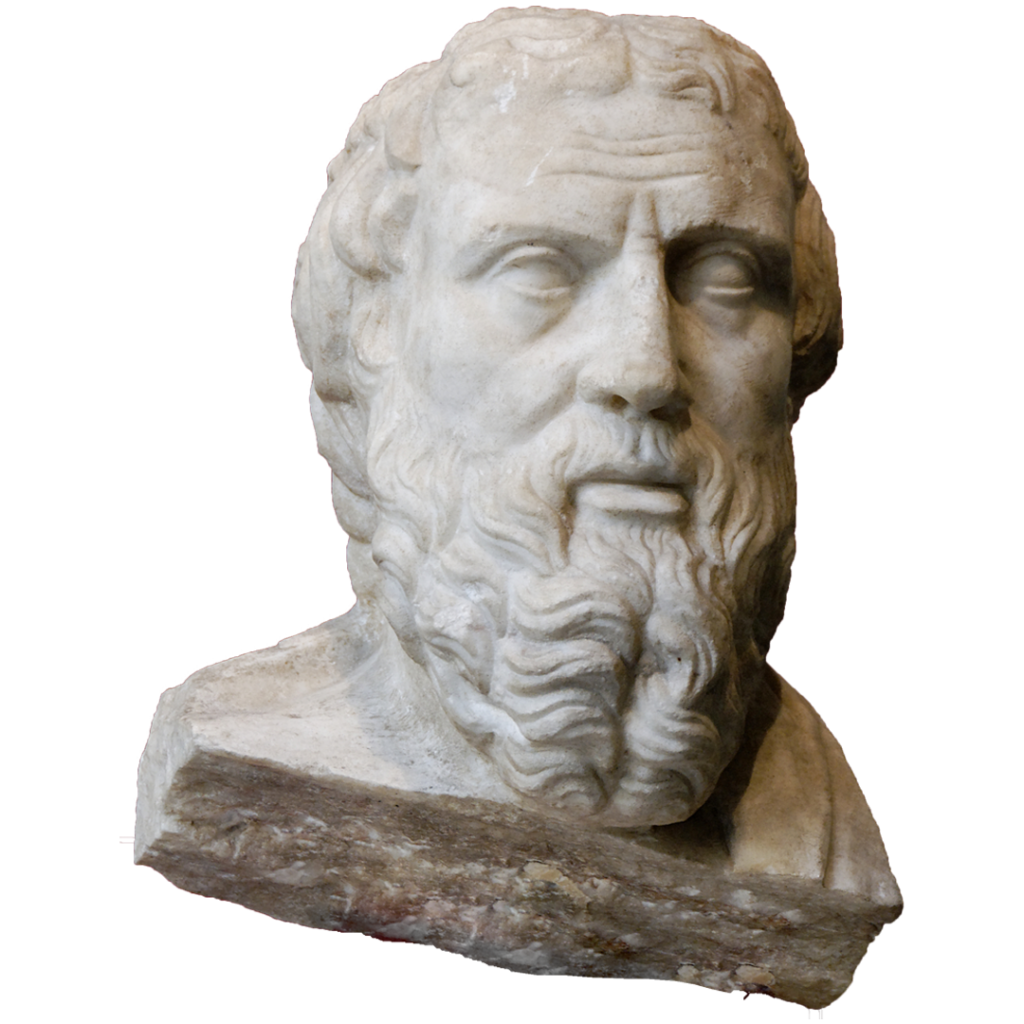
Within 300 years, we have 0 surviving copies of any Greco-Roman classical text. None. The average time gap is 1,000 years.
Within 150 years of New Testament’s completion, we already recover 43% of all the verses13.
The earliest fragment we have is called “P52“, from the Gospel of John, found in the Rylands Library (Manchester, UK). It’s about the size of a credit card, and it dates around 125-175 CE. If the Gospel of John is initially written in the 90s CE, then we only have a small gap of only around 30 years.
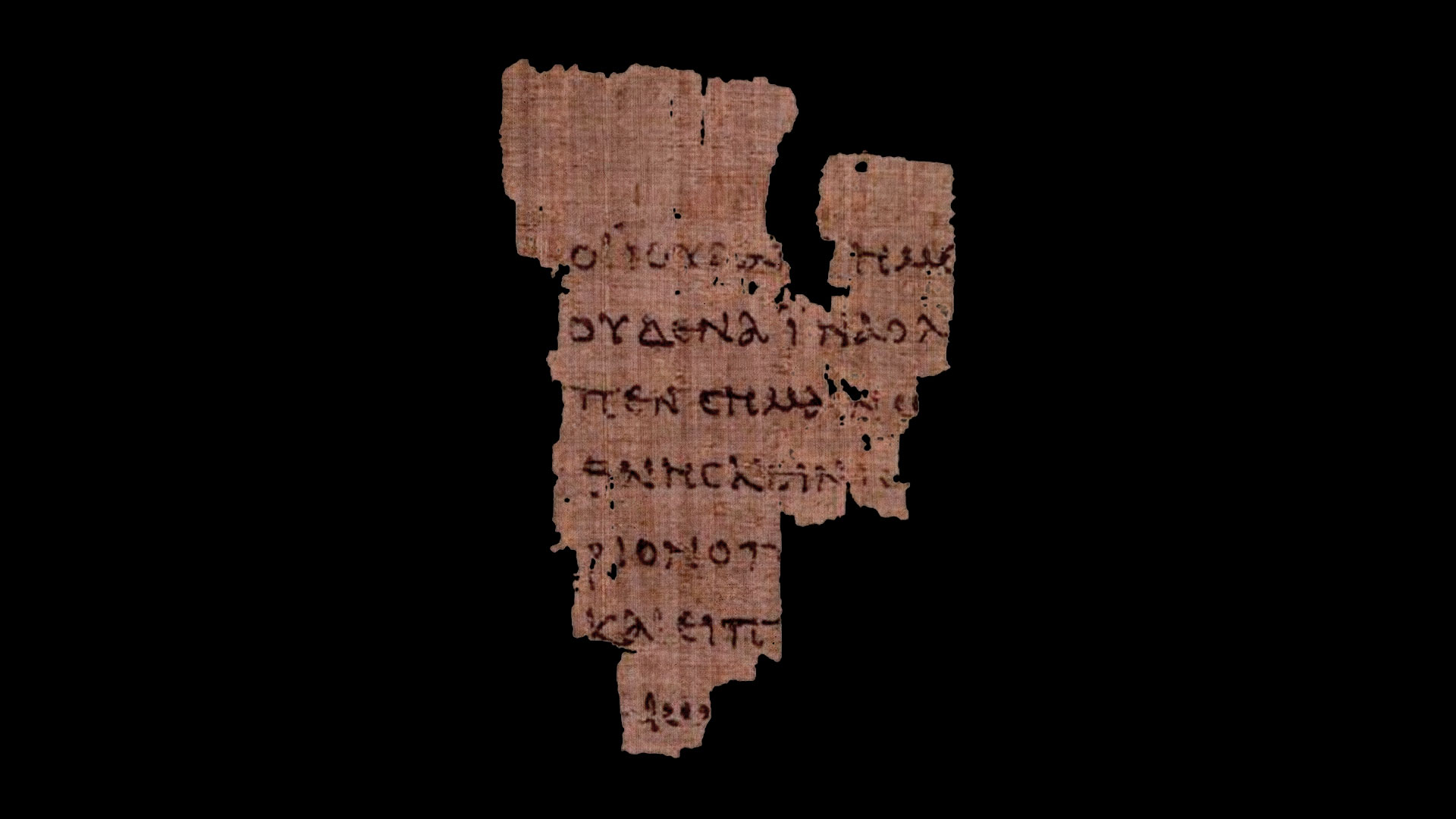
Just to give you an idea of the time gap is between the original and the first surviving copies.
| Homer | Herodotus | Plato | Tacitus | Cesar | Pliny |
| 500 | 1,400 | 1,200 | 1,000 | 1,000 | 750 |
Our 2 earliest & complete manuscripts:
- Codex Vaticanus
(300 – 325 CE) - Codex Sinaticus
(330 – 360 CE)
Three factors can affect the confidence of scholars to determine their reliability:
- How many copies exist?
- How large is the time gap between the original & 1st surviving copy?
- How significant are the differences?
A lot of surviving copies
The average number of surviving copies of any classical Greco-Roman texts is around 2014.
| Homer | Herodotus | Plato | Tacitus | Cesar | Pliny |
| 643 | 8 | 7 | 20 | 10 | 7 |
Greek
5,856
Armenian
2K+
Coptic
975
Gothic
6
Ethiopian
600+
Old Latin
110
Vulgate
10K+
Syriac
350+
Georgian
89
Slavic
4K+
Plus, if we add all the Old Testament scrolls & codices, it’s a total of 66,286 biblical manuscripts that have survived over 2,000+ years.
Let’s say that the average size of a pile of any classical Greco-Roman text is 2½ inches high. If we stack them on top of one another, we will get 4 feet tall (size of a seven-year-old kid). In contrast, if we accumulate all the surviving copies of both the Old & New Testament together in every language, we would get a tower of 4km tall (size of a bridge).
| Work | Average classical Greco-Roman text | Greek New Testament | OT + NT |
| Number of surviving copies | 20 | 5,856 | 66,286 |
| Height if stacked on top of each other (2½ inches each) | 4 feet | 1 mile | 4km |
We can be entirely confident that we have enough manuscript to compare with each other.
Corruption of the texts
Scribes make mistakes
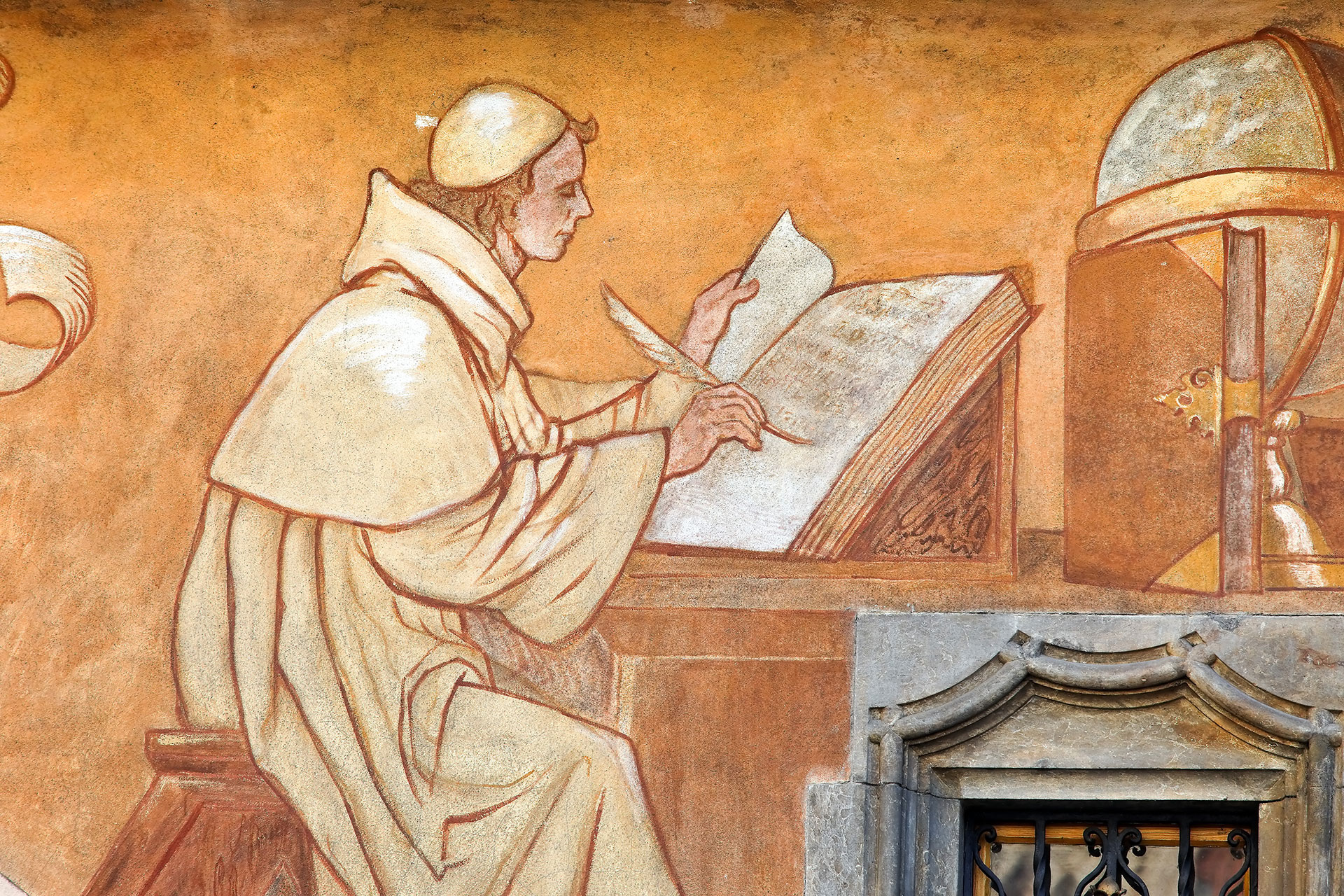
We have a ton of surviving texts! But scribes accidentally or intentionally edited several passages of the New Testament while they were copying them. Scribes got tired; they didn’t know Greek, had terrible eyesight and had a ton of reason behind the mistakes. The proof: not a single manuscript is precisely the same as another one.
Scholars estimate around 750K+ variants between all the New Testament copies that we have. With only 140K words in the New Testament, we can assume that there are more mistakes than there are words.
That is a bias claim: the reasons why we have so many variants, it’s because we have a ton of surviving copies, and they have many translations. If we only have two surviving copies, there would be fewer ‘errors’ between them. And if we only have the originals, then we would have 0 errors.
One example of intentional ‘mistake’: P45, P66 and P75 abbreviated the word ‘stauros’ to create what scholars call a ‘taurho’ compendium. Many manuscripts are written in tiny print for private reading or pocket edition (easy transportation)17.
Do they matter?
Even if true, 99% of them don’t make any difference.
We are talking here about small grammar mistakes, spelling mistakes, etc.
Then, what about the 1% that remains?
None of them affect any single fundamental doctrine of the faith18.
“In fact, most of the changes found in early Christian manuscripts have nothing to do with theology or ideology. Far and away the most changes are the result of mistakes pure and simple slips of the pen, accidental omissions, inadvertent additions, misspelled words, blunders of one sort or another.” 19
Bart D. Ehrman
Added stories
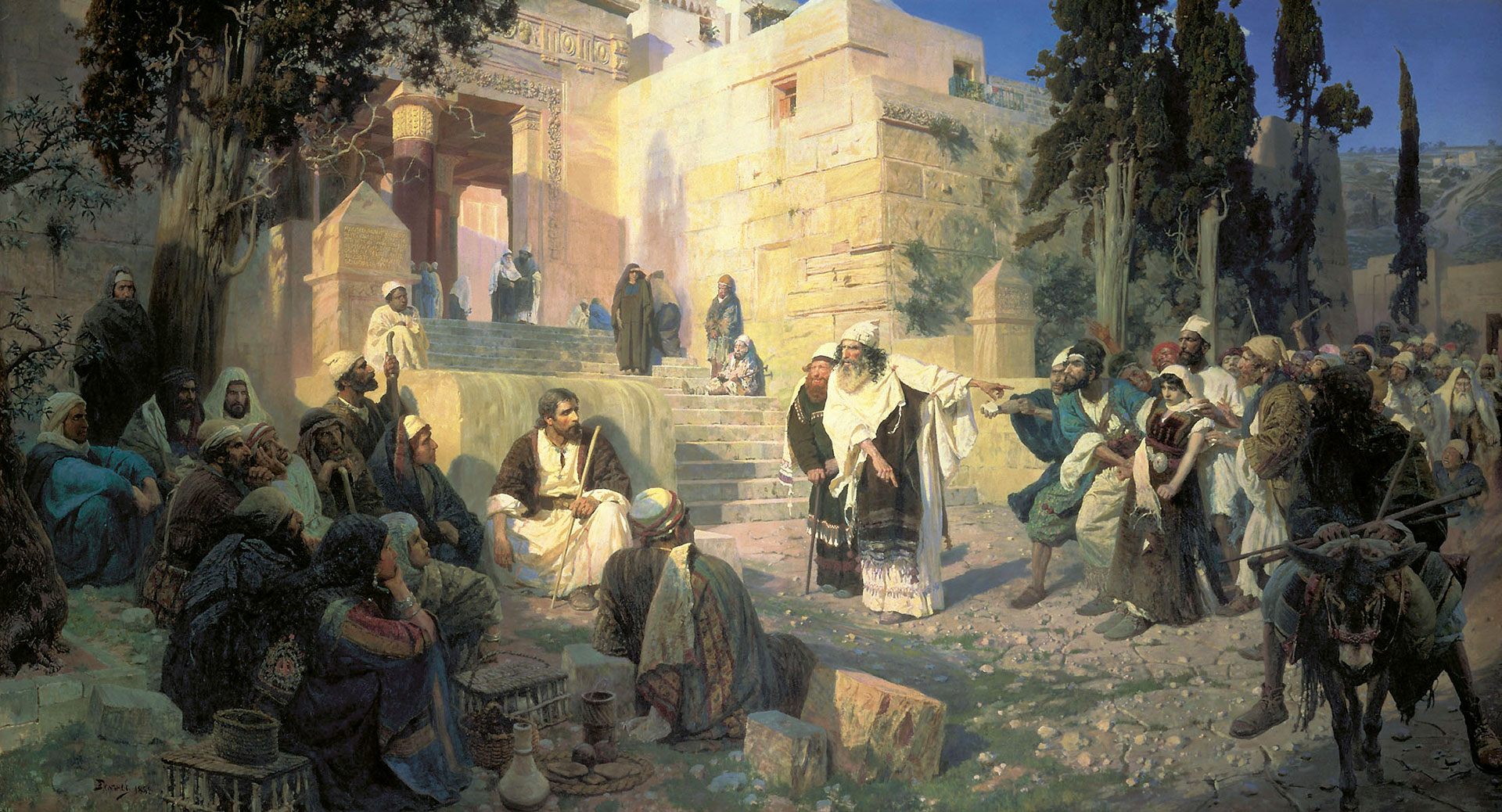
- the woman taken in adultery
(Jn 7:53-8:11) - Jesus telling his disciples they can drink poison and handle snakes
(Mk 16:9-20) - the Father, Son & Holy Spirit, all 3 are one
(1 Jn 5:7)
Church Fathers
If we destroy all the 4 Gospels, we can (almost) reconstruct the entire New Testament using quotations from the Church Fathers alone24.
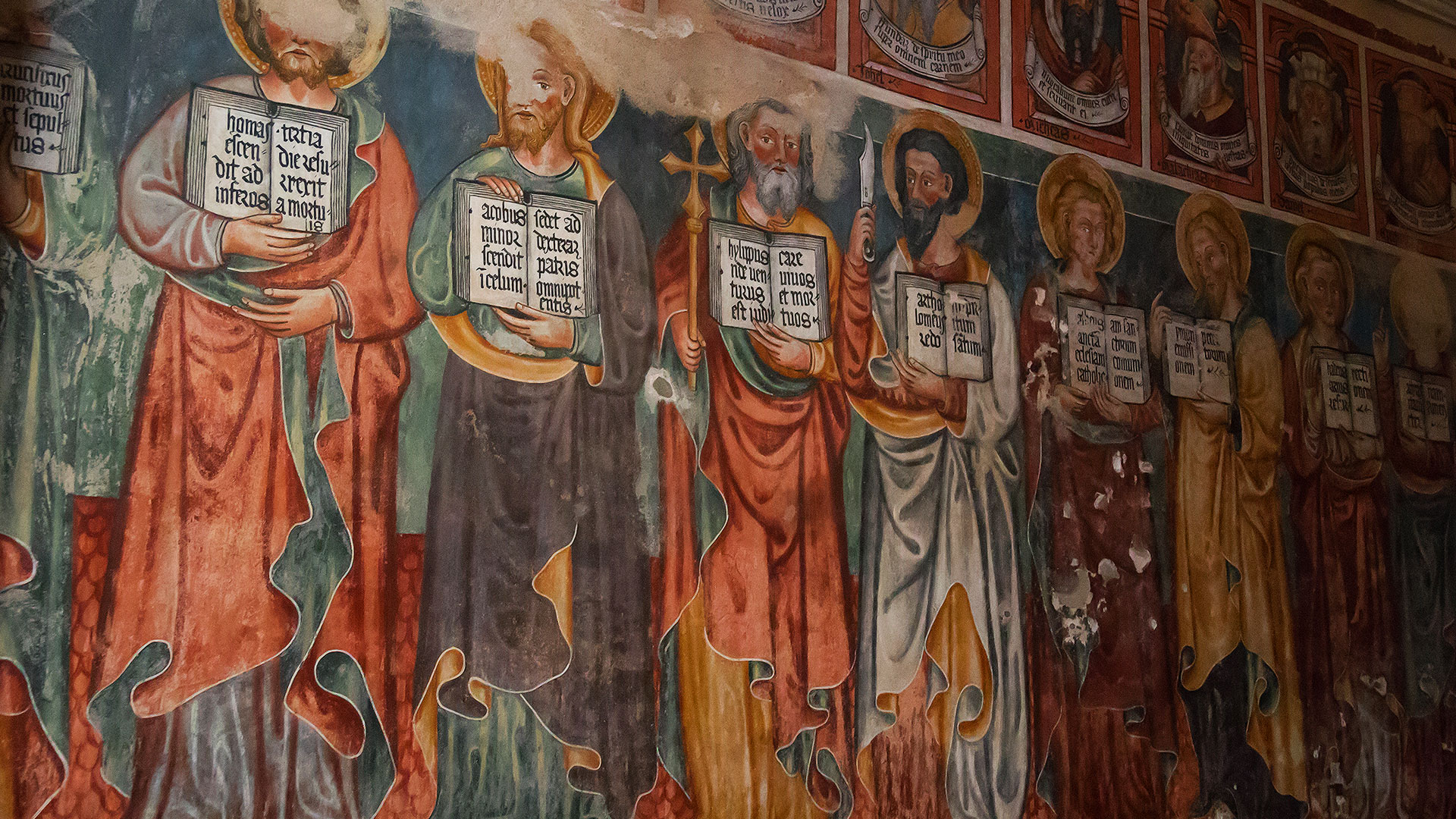
In 1920, Fr. Joseph Denk found more than 700K quotes toward the New Testament25.
Today, it’s estimated that we have more than 1 million of them26.
Do the math: The New Testament has around 8k verses.
Divide that, and you’ll get an ‘average’ of 125 quotes per verses.
From under 50 years removed from John’s Gospel, J. Warner Wallace estimates around 80 features that corroborated the 3 Apostolic Father’s letters with the claims of the New Testament: 47 from Ignatius, 14 from Polycarp and 19 from Clement27.
The Patristic period starts from the Apostles, and end up to around 749 CE. Within 400 years, there are already 36,389 citations coming from 7 Church Fathers28.
Justin Martyr
330
Irenaeus
1,819
Clement of Alexandria
2,496
Origen
17,992
Tertullian
7,258
Hippolytus
1,378
Eusebius
5,186
Recommended books
- J. Ed Komoszewski, M. James Swyer, Daniel B. Wallace – “Reinventing Jesus: how contemporary skeptics miss the real Jesus and mislead popular culture”
- Daniel B. Wallace – “Revisiting the corruption of the New Testament: manuscript, patristic, and apocryphal evidence”
- Bart D. Ehrman, “Misquoting Jesus: The story behind who changed the Bible and why”, (HarperCollins, 2005), 4
- Martin Hengel, “The Four Gospels and the One Gospel of Jesus Christ”, (London: SCM Press, 2000), 55
- Bart D. Ehrman, “Misquoting Jesus: The Story Behind Who Changed the Bible and Why”, (New York: Harper Collins, 2005), 45
- Martin Hengel, “Acts and the History of the Earliest Christianity”, (Philadelphia: Fortress Press, 1985), 8
- Joseph M. Holden & Norman Geisler, “The popular handbook of archeology and the Bible: discoveries that confirm the reliability of Scripture”, (Harvest House Publishers, 2013), 99-101
- Jerome, “De Viris Illustribus”, 8 – except that Peter probably asked Mark to read the final copy out loud, so he approves
- E. Randolph Richards, “Paul and First-Century Letter Writting”, (IVP Academic, 2004), 164-165
- Dr. Daniel Wallace – “How badly did the scribes corrupt the New Testament text?”, Dig And Delve Conference 2014
- Craig A. Evans, “Jesus and his world: The Archeological Evidence”, (Westminster John Knox Press, 2012), 73
- Peter J. Williams, “Can we Trust the Gospels?”, (Crossway, 2018), 11
- Daniel B. Wallace, “Revisiting the corruption of the New Testament: manuscript, patristic and apocryphal evidence”, (Kregel Publications, 2011), 28
- Philip Wesley Comfort, David P. Barrett, “The text of the earliest New Testament Greek manuscript”, (Wheaton, IL: Tyndale House Publishers, 2001), 17
- Daniel B. Wallace, “Revisiting the corruption of the New Testament: manuscript, patristic and apocryphal evidence”, (Kregel Publications, 2011), 30
- Daniel B. Wallace, “Revisiting the corruption of the New Testament: manuscript, patristic and apocryphal evidence”, (Kregel Publications, 2011), 29
- Institut für neutestamentliche Texforschung (Institute for New Testament Textual Research) in Münster, Germany
- Josh McDowell & Sean McDowell, PhD, “Evidence that demands a verdict: Life-changing truth for a skeptical world”, (HarperCollins, 2017), 53
- Craig A. Evans, “Jesus and his world: The Archeological Evidence”, (Westminster John Knox Press, 2012), 76
- Darrell L. Bock & Daniel B. Wallace, “Dethroning Jesus: Exposing Popular Culture’s Quest to Unseat the Biblical Christ”, (Thomas Nelson, 2010), 71
- Bart D. Ehrman, “Misquoting Jesus: The Story Behind Who Changed the New Testament and why“, (HarperCollins, 2005), 55
- J. Ed Komoszewski, M. James Sawyer, Daniel B. Wallace, “Reinventing Jesus: How Contemporary Skeptics Miss The Real Jesus And Mislead Popular Culture”, (Kregel Publications, 2006), 55
- Bart D. Ehrman, “Misquoting Jesus: The story behind who changed the Bible and why”, (HarperCollins, 2005), 63-68
- Jn 20:11-18, Mt 28:1-10, Lk 24:13-35, Mt 28:19, Lk 24:50-53, Acts 1:6-12
- Mt 3:16, Mt 12:28, Mt 28:19, Lk 3:22, Jn 14:26, Jn 15:26, Acts 1:4, Acts 2:33, Acts 10:38, Rom 1:4, Rom 8:9, 1 Co 6:11, 2 Co 13:14, Gal 4:6, Eph 1:17, Eph 2:18, Eph 2:22, Titus 3:6, Heb 9:14, 1 Peter 1:2
- Bruce Metzger and Bart D. Ehrman, “The Text if the New Testament: Its Transmission, Corruption, and Restoration”, 126
- J. Ed Komoszewski, M. James Sawyer, Daniel B. Wallace, “Reinventing Jesus: How Comtemporary Skeptics Miss The Real Jesus And Mislead Popular Culture”, (Kregel Publications, 2006), 281
- J. Ed Komoszewski, M. James Sawyer, Daniel B. Wallace, “Reinventing Jesus: How Contemporary Skeptics Miss The Real Jesus And Mislead Popular Culture”, (Kregel Publications, 2006), 281
- J. Warner Wallace, “Cold-Case Christianity: a homicide detective investigates the claims of the Gospels”, (David C Cook, 2013), 216-223
- Norman L. Geisler, William E. Nix, “From God to us: how we got our Bible”, (Moody Publishers, 1974-2012), 138